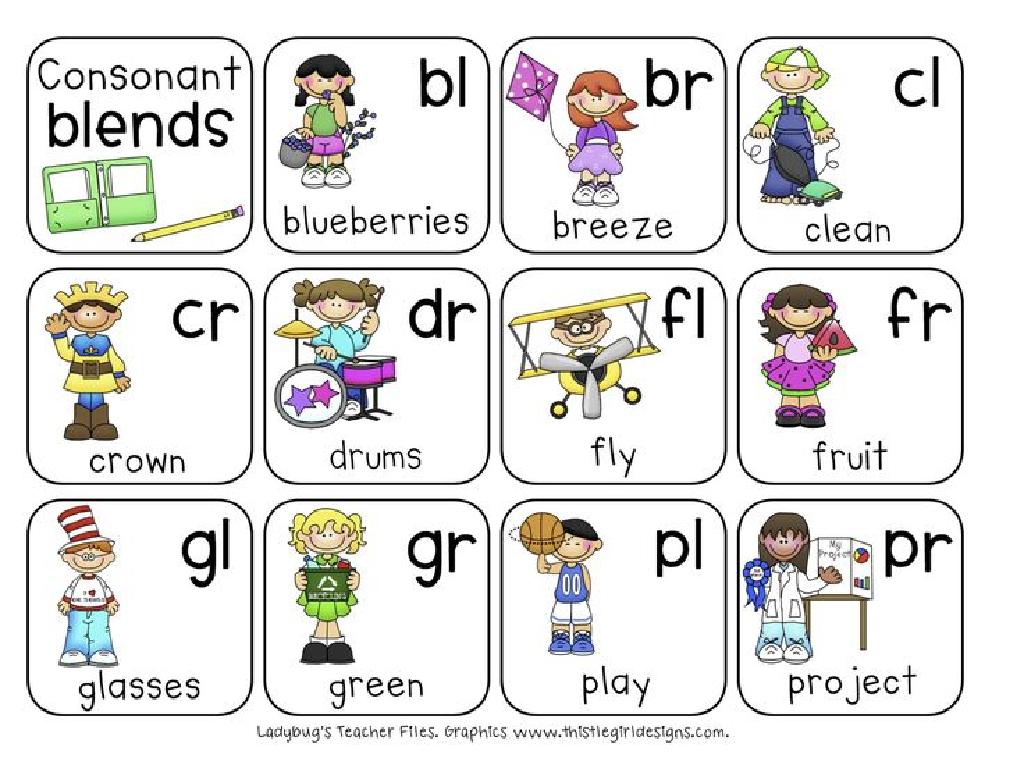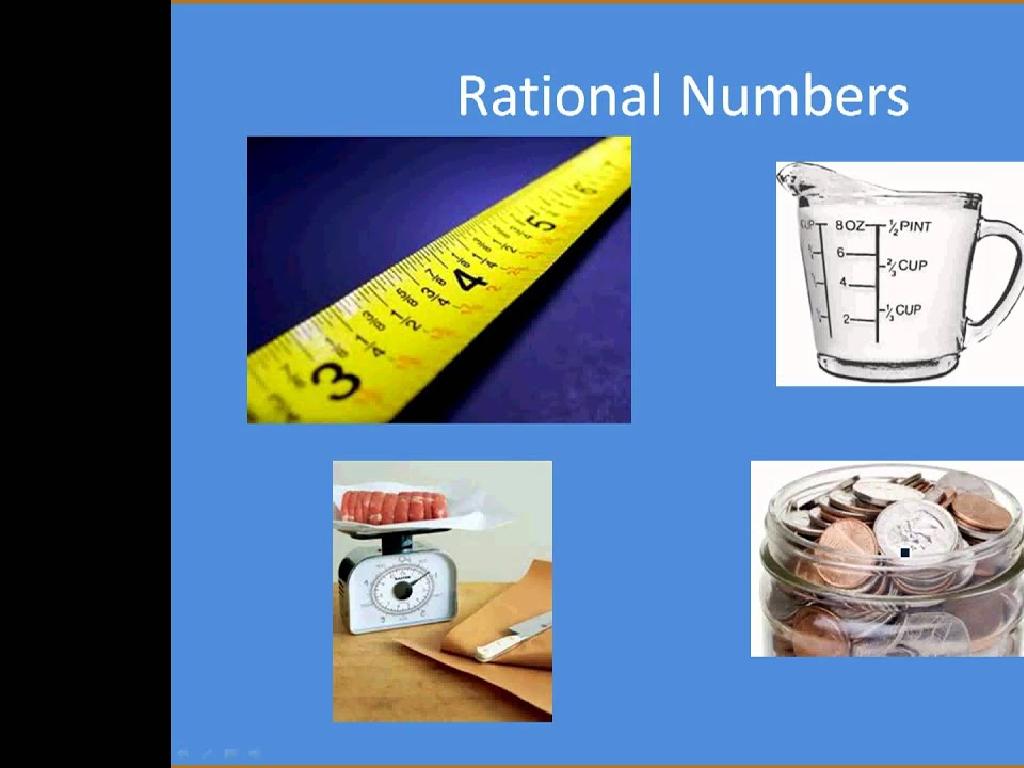Identify Constellations
Subject: Science
Grade: Seventh grade
Topic: Astronomy
Please LOG IN to download the presentation. Access is available to registered users only.
View More Content
Today’s Adventure: Identifying Constellations!
– Explore what is Astronomy
– Astronomy is the study of celestial objects and phenomena.
– Daily applications of Astronomy
– Navigation, calendars, and understanding time rely on astronomical observations.
– Introduction to Constellations
– Constellations are groups of stars forming a recognizable pattern.
– Recognizing patterns in the sky
– Patterns like the Big Dipper help us find and identify constellations.
|
Begin the class by defining astronomy and discussing its significance in understanding the universe. Highlight how astronomy is woven into everyday life through navigation, timekeeping, and seasonal changes. Introduce constellations as a fundamental concept in astronomy, explaining that they are patterns of stars in the night sky that have been identified and named by various cultures throughout history. Emphasize the importance of pattern recognition in the sky, which allows us to locate and identify different constellations. Encourage students to think about how ancient civilizations might have used the stars for storytelling and guidance.
Exploring the Night Sky: Constellations
– Constellations: Celestial patterns
– Groups of stars forming recognizable patterns, often named after mythological beings, animals, or objects.
– Mythology linked to constellations
– Many constellations have stories from ancient cultures explaining their origins and significance.
– Recognizing famous constellations
– Examples include Orion the Hunter, Ursa Major (Great Bear), and Cassiopeia.
– Constellations guide navigation
– Historically, constellations have helped people navigate and track seasons.
|
This slide introduces the concept of constellations as patterns of stars in the sky, which have been recognized and named by various cultures throughout history. Each constellation often has a story or myth associated with it, making the study of the night sky both a scientific and cultural experience. Highlight a few famous constellations, such as Orion, Ursa Major, and Cassiopeia, and explain their significance in navigation and calendar-keeping. Encourage students to learn the stories behind these celestial patterns and to try identifying them in the night sky as a practical application of the lesson.
Exploring the Night Sky: Constellations
– Tips for observing the night sky
– Find a dark area & let your eyes adjust
– Essential stargazing tools
– Use a star map & binoculars or a telescope
– Locate North with the Big Dipper
– Use the ‘pointer’ stars to find Polaris
– Recognizing constellations
– Patterns of stars representing figures
|
This slide introduces students to the basics of stargazing and constellation identification. Begin with how to observe the night sky, including finding a dark location and allowing eyes to adjust to the darkness. Discuss the tools that can enhance the experience, such as star maps, binoculars, or telescopes. Teach students how to find North by using the Big Dipper constellation as a guide to locate Polaris, the North Star. Finally, explain what constellations are and how they have been used historically for navigation and storytelling. Encourage students to try finding the Big Dipper and other constellations from their own backyards as a practical application of the lesson.
Identifying Constellations
– Tips for spotting constellations
– Look for patterns; use landmarks to navigate the sky
– How to use a star map
– Star maps guide us to find constellations by their location
– Activity: Craft your constellation
– Use imagination to connect dots and name your creation
|
Begin by discussing tips for locating constellations in the night sky, such as finding a dark area and using landmarks like the North Star. Introduce the concept of a star map and how it can be a valuable tool for identifying constellations by their positions relative to each other. For the activity, provide students with a template of stars and encourage them to draw lines connecting the stars to form their own constellation. They should also come up with a name and a story for their constellation. This activity will help students understand how ancient astronomers named and created stories about constellations. It also encourages creativity and helps students become familiar with the concept of constellations as patterns of stars in the sky.
Constellations Across Cultures
– Constellations: Various Names & Tales
– Different cultures have unique names and stories for constellations.
– Ancient Civilizations & Star Patterns
– Ancient societies like the Greeks and Egyptians mapped the skies.
– Zodiac Constellations & Astrology
– Zodiac signs are based on 12 specific constellations along the ecliptic.
– Cultural Significance of Constellations
– Constellations play a role in mythology, navigation, and agriculture.
|
This slide explores the rich cultural history of constellations. Students will learn that constellations have been named and storied differently across various cultures, reflecting their mythology and history. They will discover how ancient civilizations, such as the Greeks and Egyptians, used constellations for navigation and calendar systems. The Zodiac, significant in astrology, is another aspect of constellations that has influenced human belief and behavior. Highlight the importance of constellations in understanding cultural heritage and their practical applications in ancient times. Encourage students to research constellations specific to a culture or civilization and share their findings.
Class Activity: Stargazing Adventure
– Head outside for constellation identification
– Use star maps for guidance
– Star maps help us locate constellations in the night sky
– Find and sketch three constellations
– Look for patterns that match the maps and draw them
– Discuss findings with the class
|
This activity is designed to give students a practical experience in identifying constellations. Before heading outside, ensure each student or group has a star map and understands how to use it. Encourage them to find constellations such as Orion, Ursa Major, or Cassiopeia. Provide them with clipboards and paper for sketching the constellations they find. After the activity, have a discussion where students can share their sketches and what they learned about the constellations. This will help reinforce their understanding and allow them to appreciate the night sky. Possible variations of the activity could include using a planetarium app, drawing constellations from memory, or even creating their own imaginary constellations and stories.
Constellation Exploration Review
– Share your constellation findings
– Discuss identified constellations
– Talk about the shapes, stories, and stars of each constellation
– Engage in Q&A session
– Ask questions about constellations and discuss answers
– Reflect on today’s learning
– Think about new facts and concepts learned
|
This slide is meant to facilitate a review and discussion session where students will share their findings on constellations with the class. Encourage them to describe the constellations they’ve identified, including their shapes, the stories behind them, and the major stars that form them. The Q&A part of the session should be interactive, allowing students to ask and answer questions about what they’ve learned. Use this opportunity to assess student understanding and to reinforce key concepts about constellations. The reflection at the end helps students internalize their new knowledge and encourages them to think about how they can apply this understanding of astronomy in the future.
Homework: Exploring Constellations
– Research a constellation
– Pick any constellation and find facts about it
– Learn its mythology
– Discover the stories behind the stars
– Prepare a class presentation
– Summarize your findings in a few slides
– Practice constellation spotting
– Use a star chart to find it in the night sky
|
This homework assignment is designed to deepen students’ understanding of constellations and their historical significance. Students should select a constellation to research, looking into its name, the stars that form it, and its position in the sky. They should also explore the mythological stories or cultural significance associated with their chosen constellation. Students will prepare a short presentation to share their findings, which will help them develop their research and public speaking skills. Additionally, students are encouraged to practice identifying their constellation and others in the night sky, fostering a personal connection with astronomy. Provide resources such as star charts or astronomy apps to assist them in this activity.





